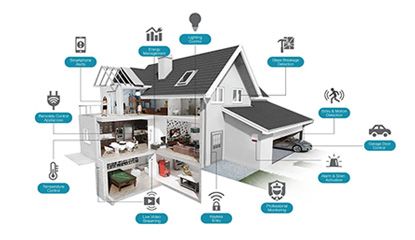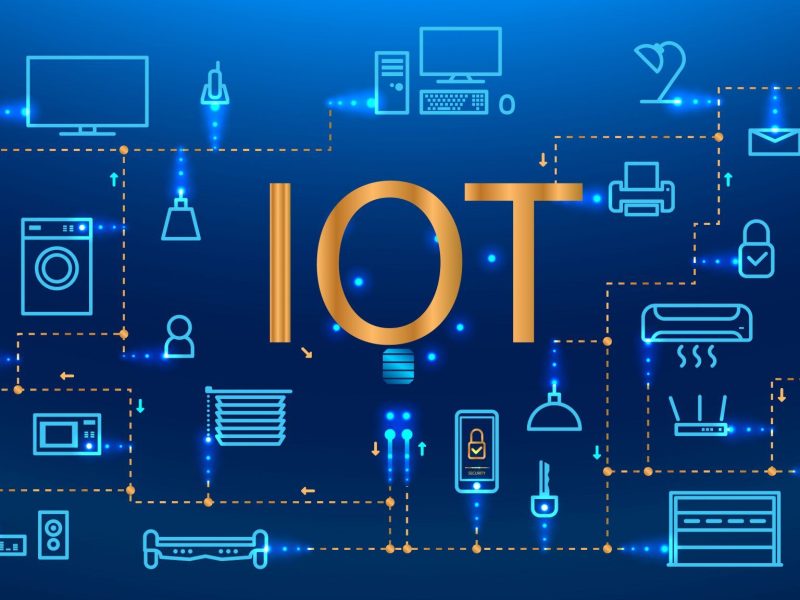In today’s digital age, smart home devices have become increasingly popular for their convenience and efficiency. However, with this convenience comes the risk of cyber attacks. Hackers are constantly looking for vulnerabilities in these devices to gain access to your personal information or even control your home. To protect yourself and your family, it’s essential to take cybersecurity seriously when it comes to your smart home devices. Here are some tips to help you secure your smart home devices from cyber attacks.
1. Update Your Devices Regularly
One of the easiest ways to protect your smart home devices from cyber attacks is to ensure that they are always up to date. Manufacturers often release software updates that address security vulnerabilities and bugs in their devices. By regularly updating your devices, you can ensure that you have the latest security patches and protect your devices from potential threats.
2. Use Strong, Unique Passwords
Many smart home devices come with default passwords that are easy for hackers to guess. To improve your device security, always change these default passwords to strong, unique passwords that are not easily guessable. Avoid using common words or phrases, and consider using a combination of letters, numbers, and special characters to create a strong password.
3. Enable Two-Factor Authentication
Two-factor authentication adds an extra layer of security to your smart home devices by requiring a second form of verification, such as a code sent to your smartphone, in addition to your password. By enabling two-factor authentication, you can help prevent unauthorized access to your devices even if your password is compromised.
4. Secure Your Wi-Fi Network
Since many smart home devices rely on Wi-Fi to connect to the internet, securing your Wi-Fi network is crucial for protecting your devices from cyber attacks. Make sure to change your Wi-Fi network name and password from the default settings, enable encryption (such as WPA2), and consider setting up a guest network for your smart home devices to isolate them from your other devices.
5. Disable Remote Access When Not in Use
Some smart home devices have remote access features that allow you to control them from anywhere with an internet connection. While convenient, these features can also make your devices more vulnerable to cyber attacks. If you don’t need remote access, consider disabling this feature to reduce the risk of unauthorized access.
6. Monitor Your Devices for Suspicious Activity
Regularly monitor your smart home devices for any unusual activity, such as changes in settings or unauthorized logins. Look out for any signs of a potential cyber attack, such as unfamiliar devices connected to your network or strange behavior from your devices. If you suspect that your devices have been compromised, take immediate action to address the issue.
7. Keep Your Personal Information Private
Be cautious about sharing personal information with your smart home devices, such as your name, address, or other sensitive data. Limit the amount of personal information you provide to your devices, and avoid connecting them to services that request unnecessary permissions or access to your personal data. By keeping your personal information private, you can reduce the risk of it falling into the wrong hands.
By following these tips, you can enhance the security of your smart home devices and protect yourself from cyber attacks. Remember that cybersecurity is an ongoing process, so be sure to stay vigilant and proactive in protecting your devices and personal information. With the right precautions in place, you can enjoy the benefits of smart home technology without compromising your privacy and security.


